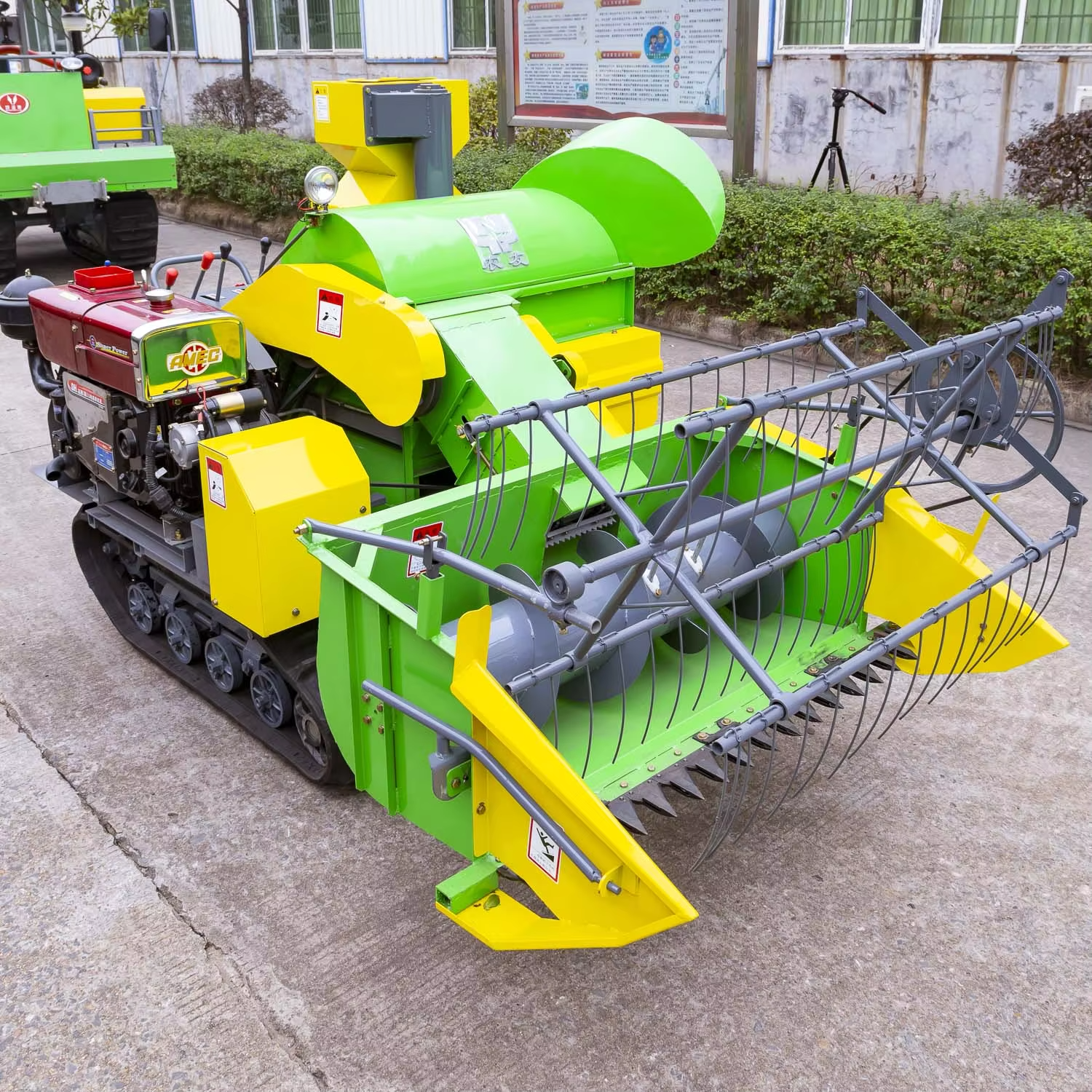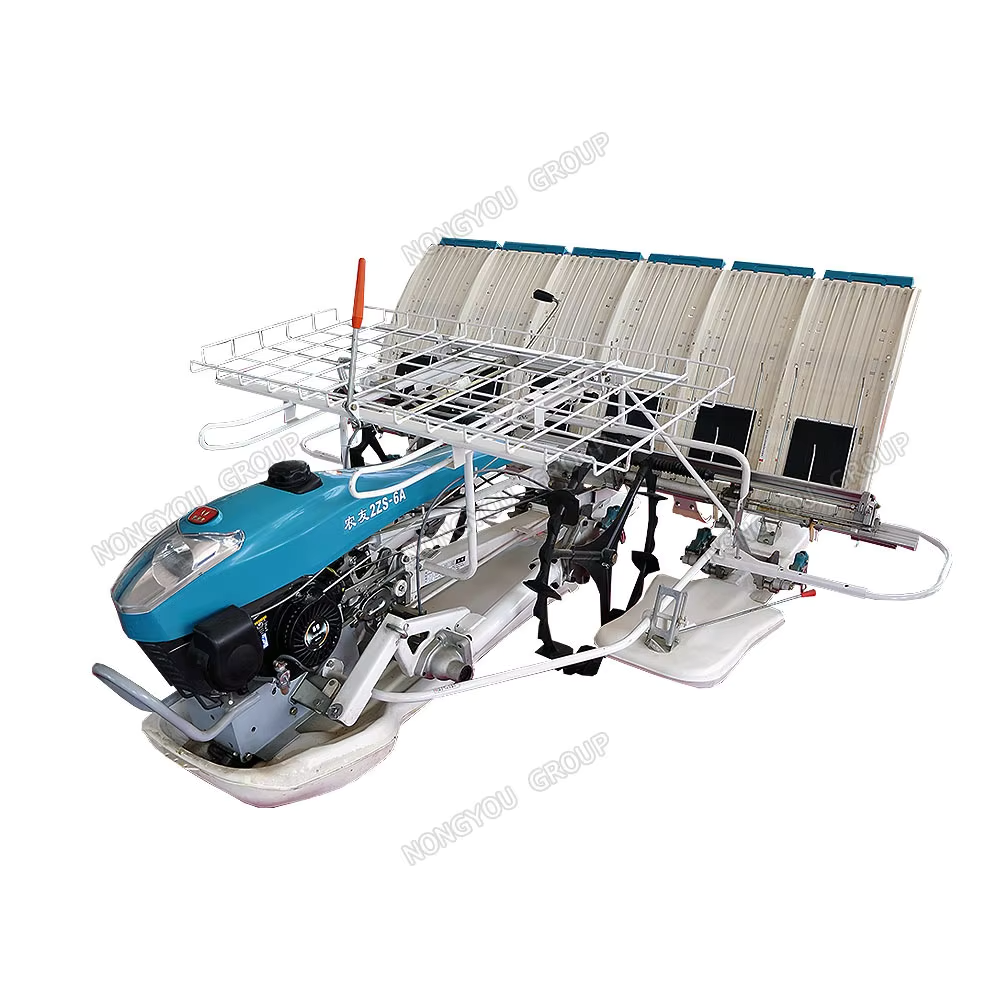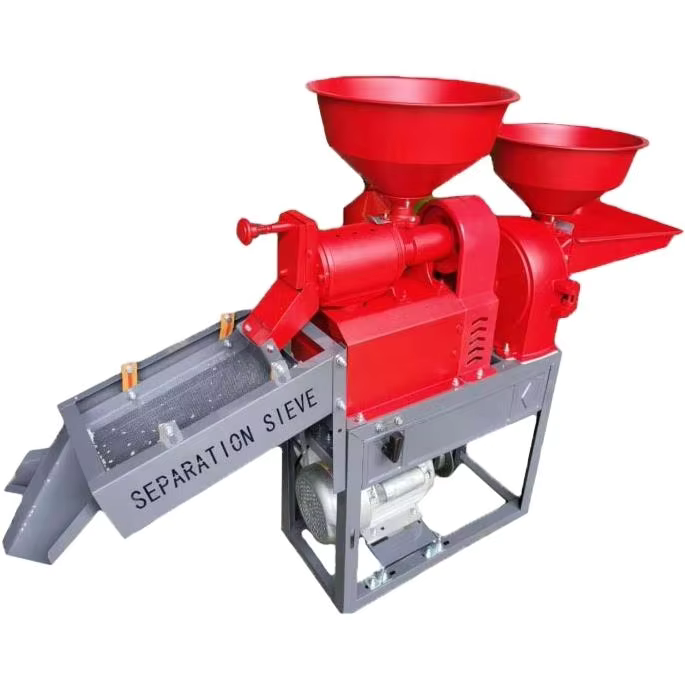grain dryer price
Grain dryer prices represent a crucial investment consideration in modern agricultural operations. These sophisticated drying systems, available across various price points, offer essential functionality for maintaining grain quality and market value. The cost spectrum typically ranges from $10,000 for smaller portable units to over $100,000 for industrial-scale systems. Price variations reflect capacity differences, technological features, and energy efficiency ratings. Modern grain dryers incorporate advanced moisture sensing technology, automated temperature controls, and precise timing mechanisms to ensure optimal drying conditions. The pricing structure generally accounts for essential components such as the heating system, air circulation mechanisms, loading/unloading systems, and digital control interfaces. Operating costs, including energy consumption and maintenance requirements, are also factored into the overall price consideration. These systems can process various grain types, from corn and wheat to soybeans and rice, with specialized settings for each commodity. The investment in a grain dryer often correlates directly with productivity potential, making price comparison and feature evaluation crucial for agricultural businesses of all sizes.


